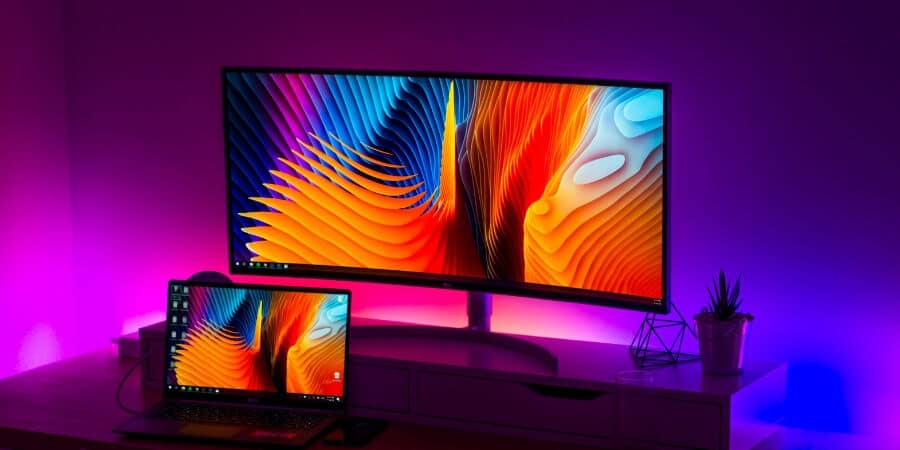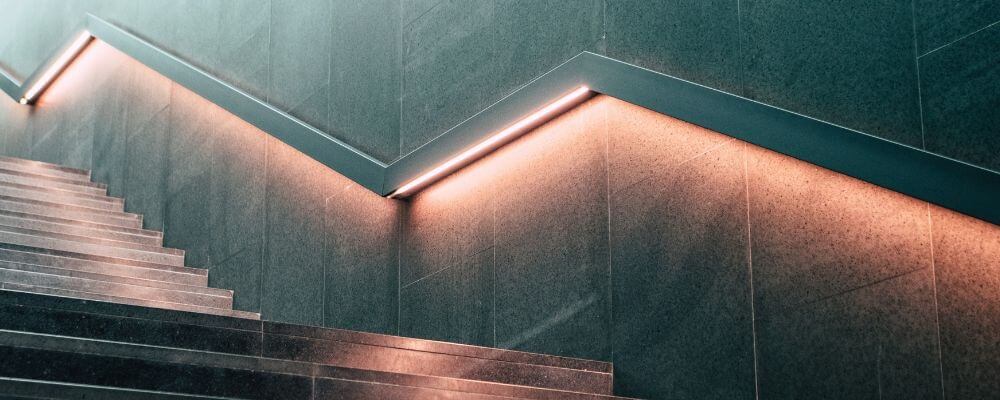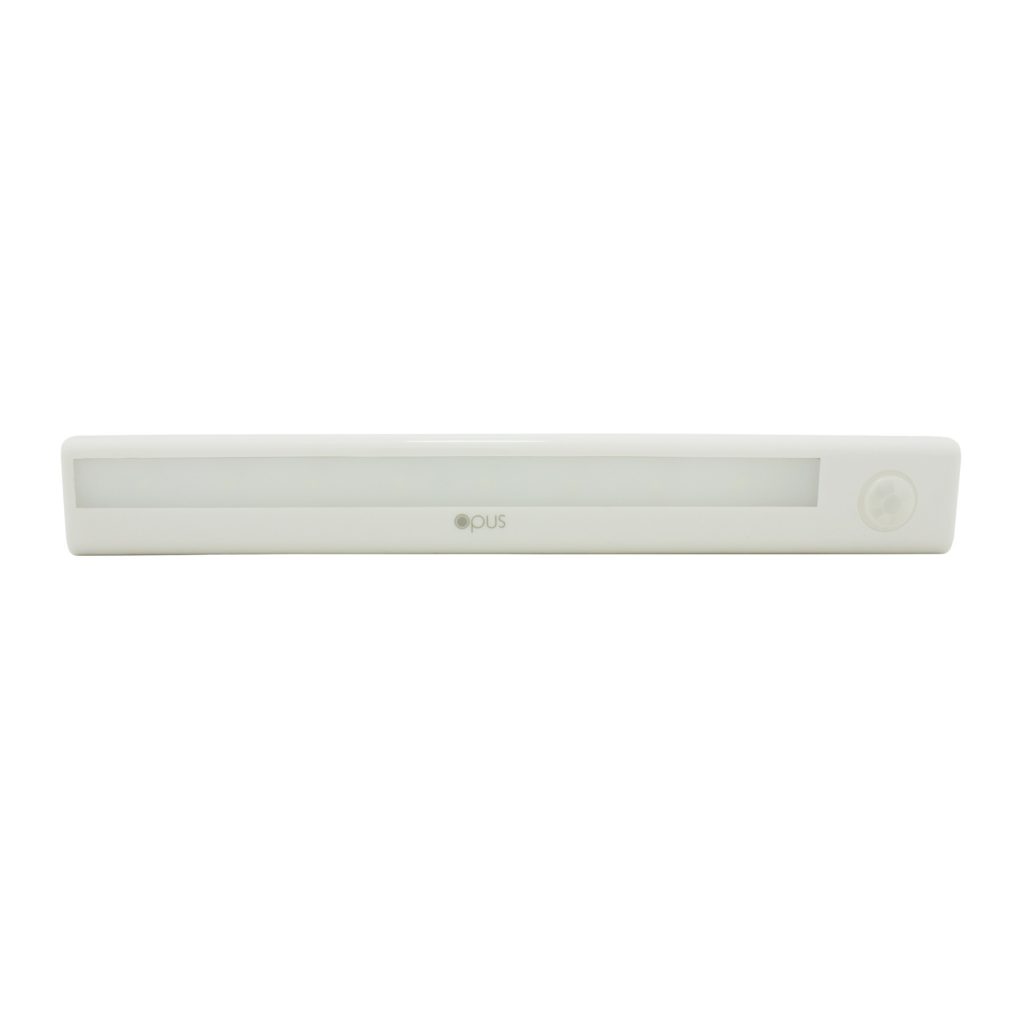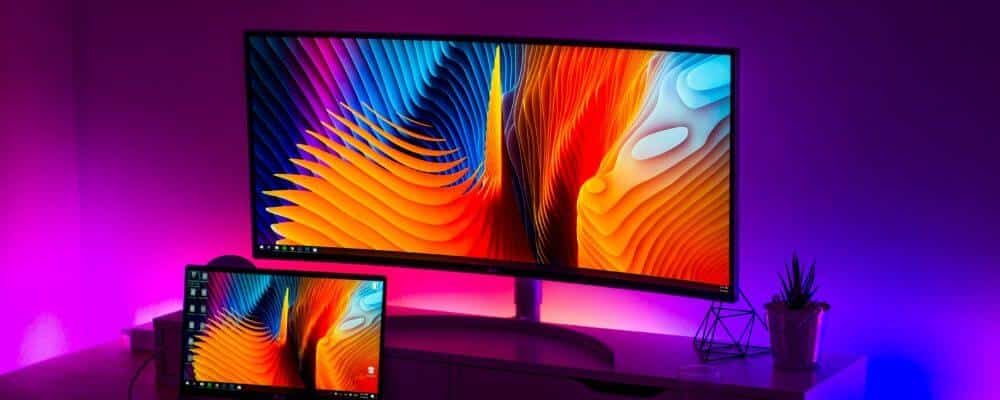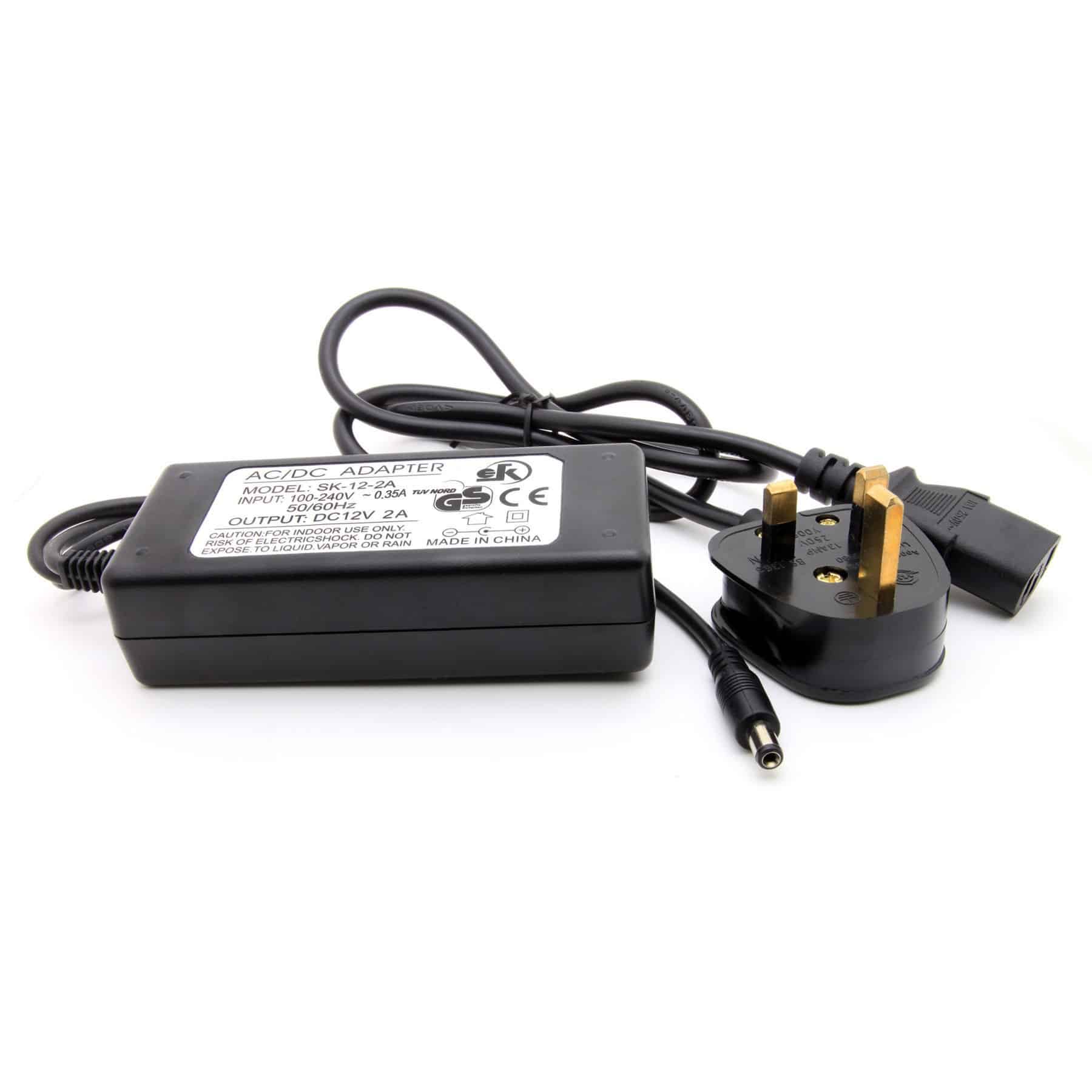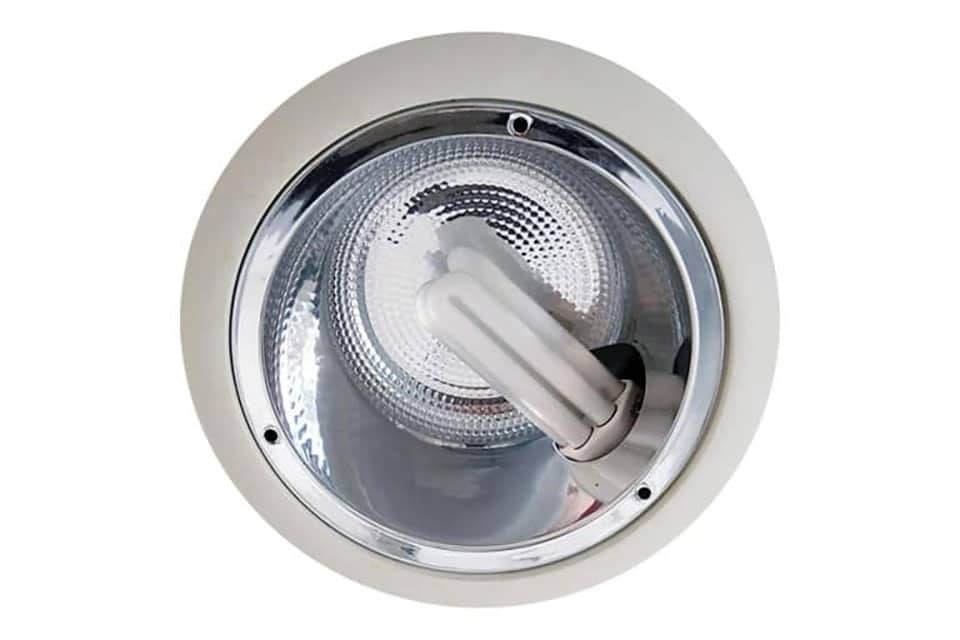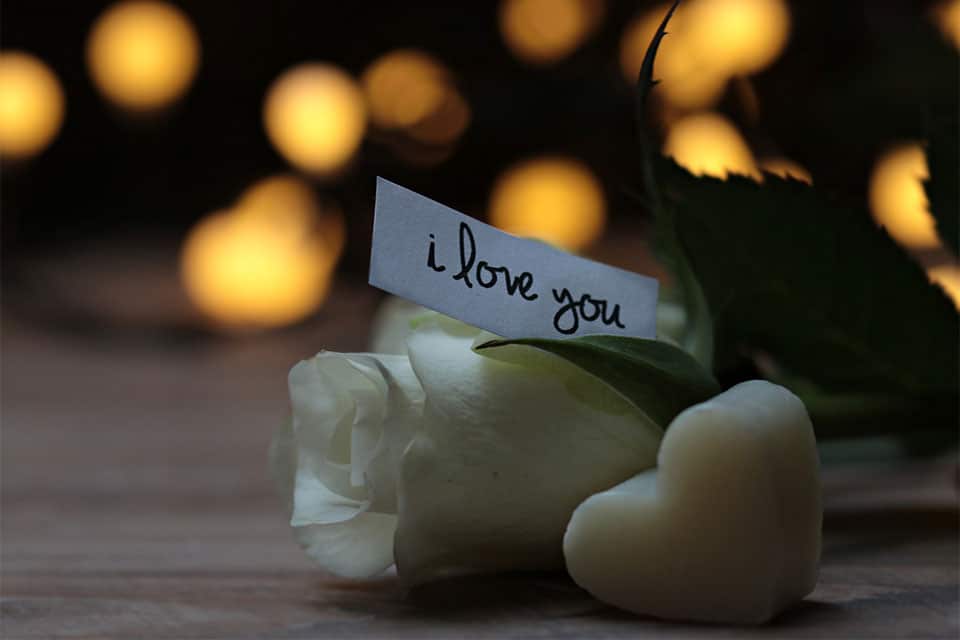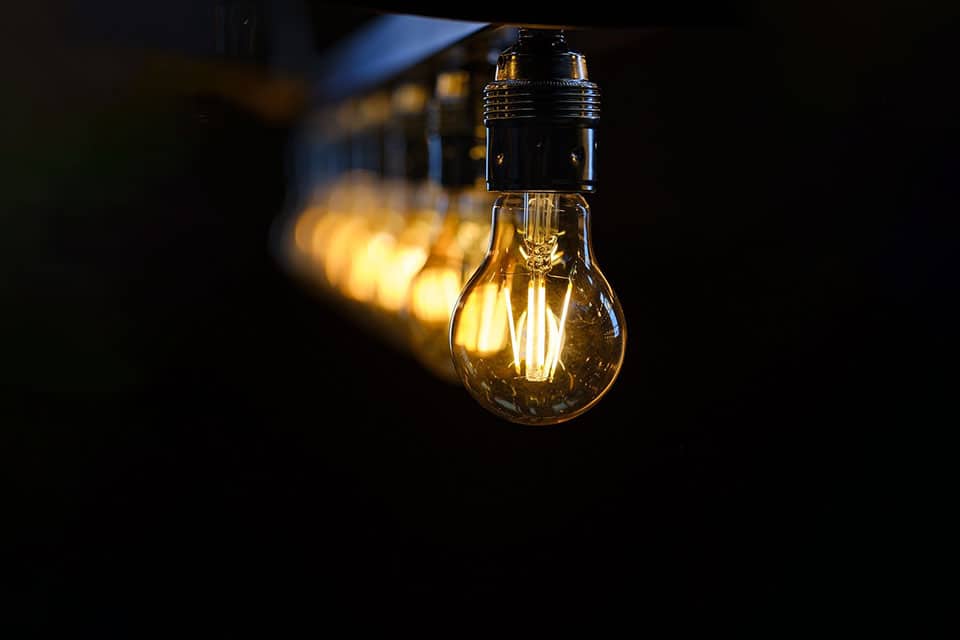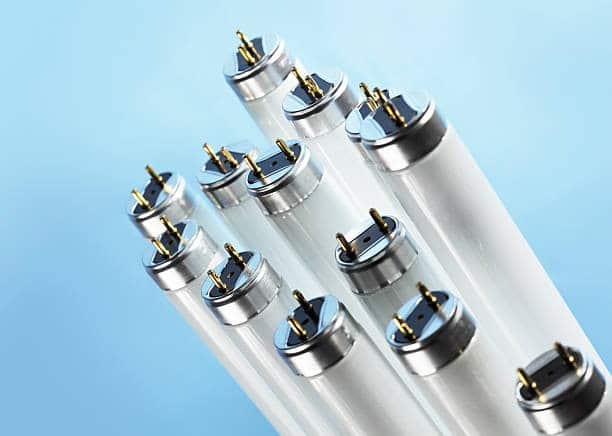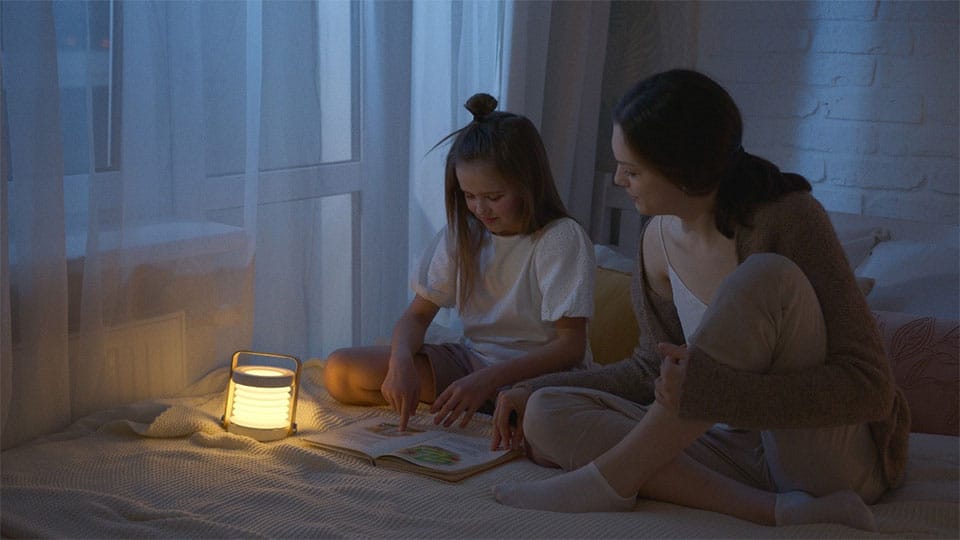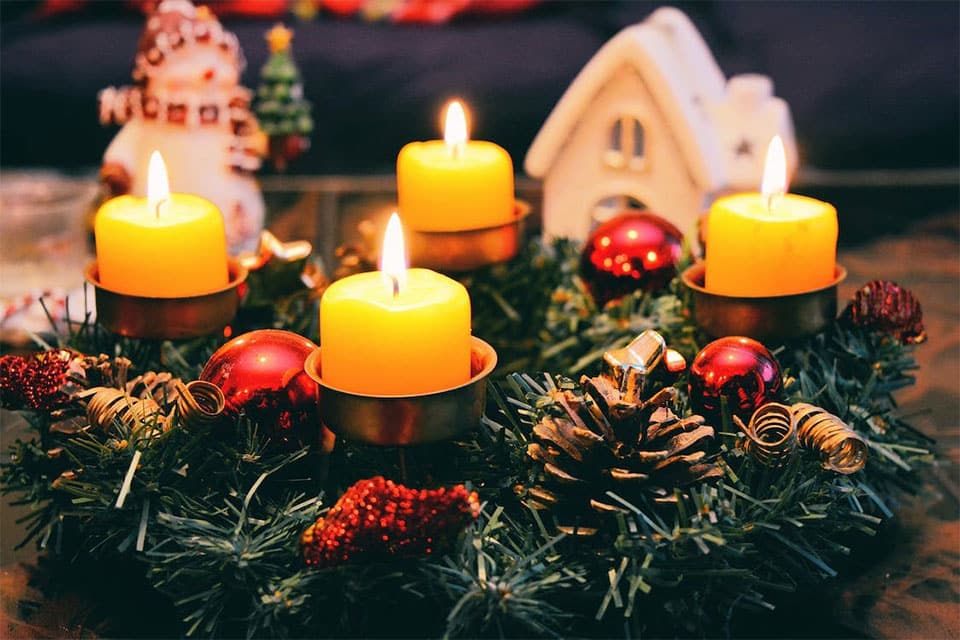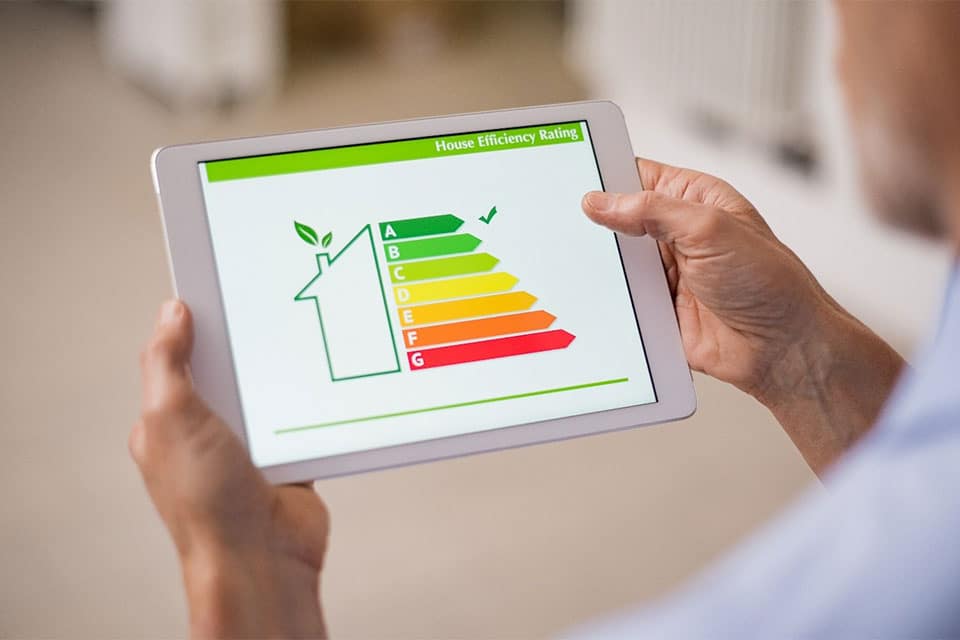Gone are the days of expensive and slow-to-warm-up cold white LED bulbs. The variety and selection of LEDs available today opens up a lot of creative options for illuminating your home. These highly efficient lamps now come in a wide range of colours, lumen levels, and shapes, including low-profile, flexible LED strips that are perfect for adding unique ambience to any space.
LED strips are incredibly versatile and customizable, and they easily fit in all manner of places thanks to their adhesive backing or clips—as long as they are within reach of an electrical outlet and a surface they can attach to. This makes LED strips ideal for adding illumination to areas you’ve only dreamed of. Try installing them in these unique places throughout your home:
1. Ceiling coving or cornice
Installing LED strips in the ceiling coving of any space in your home is a convenient and inexpensive way to add interest to your ceiling and highlight architectural details. Try using them to:
- Add subtle accent lighting and a modern twist to historical buildings
- Create a warm welcome in your entryway
- Add ambience to your bathroom, or function as a night light
- Accent the top of your kitchen cupboards
- Highlight ornate ceiling details in entertaining areas such as dining and living rooms
2. Stairs
LED strips can be added to stairs both below the railing or underneath the tread. Not only do they look sleek, but they will also make it easier to navigate the stairs at night without waking yourself up by turning on bright overhead lighting.
3. Mirrors
Backlighting a mirror with LED strips is an updated, futuristic take on traditional large vanity mirror bulbs. It also creates a soft glow and provides a very even level of lighting, limiting shadows and making you look your best.
4. Furniture
A bit more fun than functional, adding LED strip lights under your furniture adds a unique glow to any room and can help a small space appear larger. There are a few different pieces of furniture worth considering adding accent illumination to:
- Sofas and armchairs – adds ambience and makes it easier to find the remote control when someone drops it under the sofa.
- Tables – update an old table with the modern look of LED strip lights to add a soft light that’s perfect for parties.
- Beds – conveniently illuminate the floor enough to see at night without waking up your children or partner, or add them to a headboard for ambience.
5. Shelving
LED strip lights on shelves can be used to showcase your favourite books, collectibles, artwork, or other tchotchkes in an interesting way. It can also be used to make dark closets, cupboards, and pantries easier to search through. If you’d rather avoid the hassle of turning the lights on and off, motion-activated LED light sticks are another great way to add light to these spaces.
6. Under cabinets, toe-kicks, and in drawers
Much like shelves, adding LED light strips under and in your kitchen or bathroom cabinets, as well as drawers, can enhance the appearance of your space. Bonus: under cabinet lighting will also act functionally as task lighting, and will make your cabinets, drawers, and surface areas easier to search and work in.
Learn more about under cabinet lighting.
7. Picture frames
By adding LED strips to the back of an existing frame or creating your own out of plexiglass, you can enhance your photos, prints, and artwork and make them stand out even more. Plus, LEDs don’t emit heat, making them safe to use when displaying any piece.
8. Sink and bathtub rim
In addition to backlighting your bathroom mirror, you can also add relaxing, low-light ambience to your bathroom with the soft illumination of LED strips lighting up the bottom of your bathtub. Just make sure you aren’t so relaxed you fall asleep in the tub.
LIGHTING TIP: Since these lights will be located in a potential splash zone, they will need to have an IP rating of 65.9. Screens
Placing LED strips on the back of your various screens (computer, television, etc.) helps to mitigate eye strain by offsetting the brightness. Plus it creates a very cool-looking setup.
10. Outdoors
LED strips can be used outdoors as well, just make sure they are properly rated for the environmental conditions they will be exposed to. Look for IP 65 or higher in areas where they will be splashed, rained on, or exposed to dust and dirt. Otherwise, they can be placed anywhere within reach of an outlet, including:
- Railings
- Stair treads
- Pathways
- Under roof soffits
- Porches
- Decks
- Sun umbrellas
- Patio furniture
Selecting LED Strips
Now that you know where you want to put them, your next step is to decide which LED strips you need to achieve the look you want. LED strips come in a variety of lengths, colours, and IP ratings.
LIGHTBULB MOMENT: IP ratings indicate whether a particular bulb or LED strip can be safely used in areas where it will be exposed to moisture or steam, such as the bathroom. Learn more about IP ratings.Your LED strips will also require a driver in order to light up. Make sure you select the correct wattage for the amount of strips you plan to connect—the more strips you add, the higher the wattage you’ll need.
If you need assistance figuring out which LED driver you need, please do not hesitate to reach out to one of our experts using live chat, phone, or email.
Conclusion
LED strips are flexible, slim, low-profile, easy to attach and install, and perfect for adding ambience and as well as functional light. They can be placed just about anywhere you can think of as long as they:
- Have the appropriate IP rating for the conditions of the room; for example, IP65 for light strips that might get wet.
- Are close enough to an outlet that they can be plugged into.
- Have a surface they can be safely attached to.





















































































